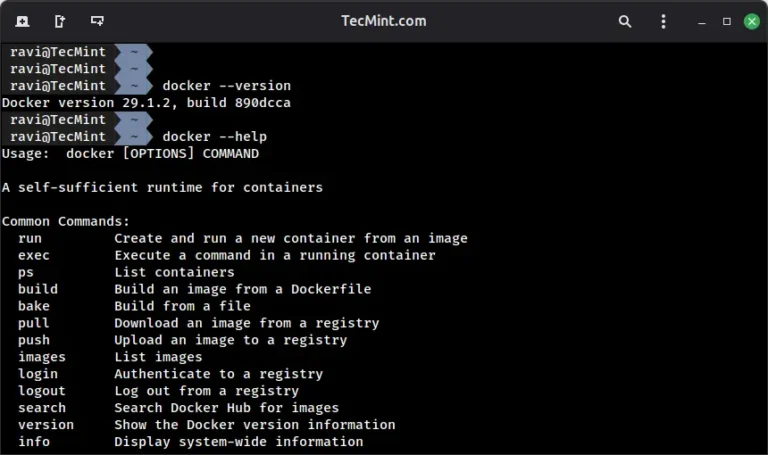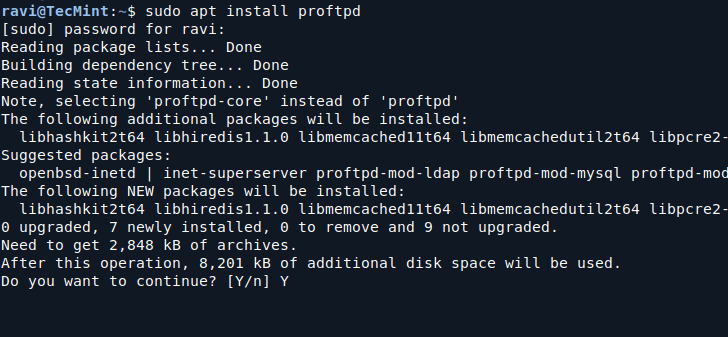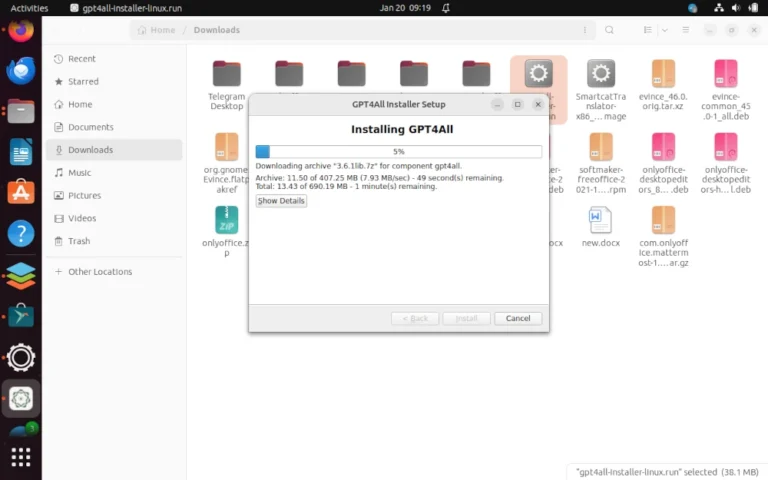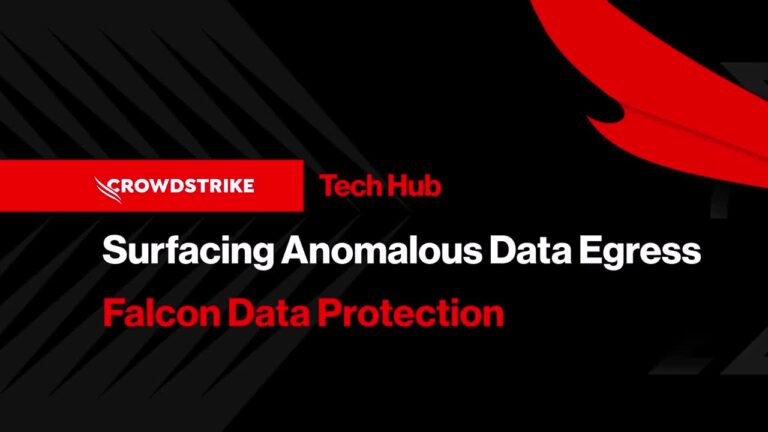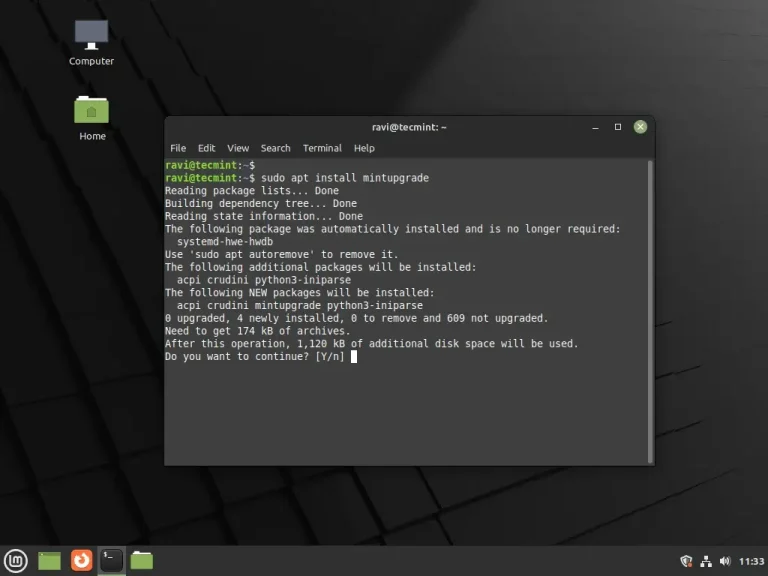Unsupported operating systems have historically become adversary targets. The longer a system remains unsupported, the more documented vulnerabilities accumulate, making it imperative for enterprise customers to have a well-defined migration plan towards supported operating systems.
At CrowdStrike, we understand that business transitions take time, and not every organization can migrate to Windows 11 immediately. We’re committed to providing robust security coverage for Windows 10 systems, regardless of Microsoft’s support status.
What Windows 10 End of Support Means for Businesses
Operational complexity: Enterprises rarely migrate all endpoints at once. For months or even years, many will run a mix of Windows 10 and Windows 11, creating uneven visibility.
Today marks a significant milestone in the technology landscape. As of October 14, 2025, Microsoft has officially ended support for non-LTSC releases of Windows 10, concluding one of the most widely adopted operating systems in history. From this point forward, the operating system will no longer receive security updates or feature patches by default. While Microsoft offers Extended Security Updates (ESUs) for Windows 10 version 22H2, these are temporary and designed as a bridge solution.
More information on Microsoft’s support policy for Windows 10:
- While specific numbers vary by source and reporting date, recent data indicates a significant majority of enterprises still use Windows 10. One report indicates Windows 10 holds 39.9% of the enterprise market share, while StatCounter shows it comprises 40.84% of all Windows desktops as of this writing.
- Maintain security coverage: Ensure endpoint protection remains consistent across all systems during transition.
- Assess your current state: How many Windows 10 systems do you have, and what’s their risk profile?
- Windows 10 end of support is here, but it doesn’t have to create a security crisis. Here’s what to do now:
Planning a Path Forward
It’s important to note that CrowdStrike’s endpoint detection and response (EDR) offering is not a replacement for operating system security updates. While CrowdStrike will continue protecting Windows 10 systems, we strongly recommend developing a migration strategy to Windows 11 or other supported operating systems.
- Ensure continuous protection: Verify that your security tools provide consistent coverage across OS versions.
- Document your strategy: For compliance purposes, maintain records of your transition plan and compensating controls.
- Compliance confidence: Advanced reporting and posture scoring help demonstrate due diligence to regulators and stakeholders, even while managing legacy OS environments.
- Increasing cost: ESUs can provide short-term relief, but the cost doubles every consecutive year.
- Related CrowdStrike support articles for customers:
Stay Protected with CrowdStrike
CrowdStrike remains committed to protecting businesses through technology transitions. Our platform ensures your security posture remains strong whether you’re running Windows 10 or Windows 11, or managing a mixed environment during migration.
Develop a migration timeline: Even if it takes 12-18 months, having a plan demonstrates due diligence.
This represents a huge population of enterprise workloads and workstations. Now that Windows 10 has reached end of support, organizations will no longer receive security updates, bug fixes, or technical support for the OS without an ESU. This doesn’t mean computers will stop working overnight, but it does mean they’ll become increasingly vulnerable to cyber threats as new security flaws are discovered but left unpatched.
- Escalating security risk: As operating systems age and no longer receive regular updates, they become increasingly attractive targets for attackers. With no new patches, vulnerabilities can stay open indefinitely.
- Prioritize critical systems: Migrate high-risk or compliance-sensitive workloads first.
- Inventory the environment: Identify all Windows 10 systems and their criticality.
- Key concerns:
- Whether they’re migrating immediately or managing a phased transition, enterprise security leaders should consider these steps:
The Falcon platform offers several key advantages during this transition:
The Bottom Line
Visibility across mixed environments: The Falcon platform protects environments whether they’re running Windows 10, Windows 11, or a mix of both during a transition. Create unique host groups to target legacy systems with tailored security policies.
- Evaluate ESU costs: Calculate the true cost of delaying migration; ESUs double annually.
- For the full list of Windows operating systems and their supported CrowdStrike Falcon® sensor versions, please refer to the Windows OS versions support documentation in our Customer Center.
- 24/7 monitoring: Our threat hunting teams continuously monitor for emerging threats targeting modern and legacy systems.
- Cloud-native protection: Our security operates independently of the underlying operating system’s update status, providing consistent protection even on systems that are no longer supported by Microsoft.
Compliance pressures: Regulations in healthcare, finance, and government increasingly require supported, secure platforms. Running Windows 10 without updates may conflict with existing compliance obligations or organizational security policies.
Assess migration readiness: Determine hardware compatibility and application dependencies.
Real-time threat detection: Advanced AI and machine learning models, and thousands of template IOAs (indicators of attack), identify and stop threats based on behavior, not just known signatures.

